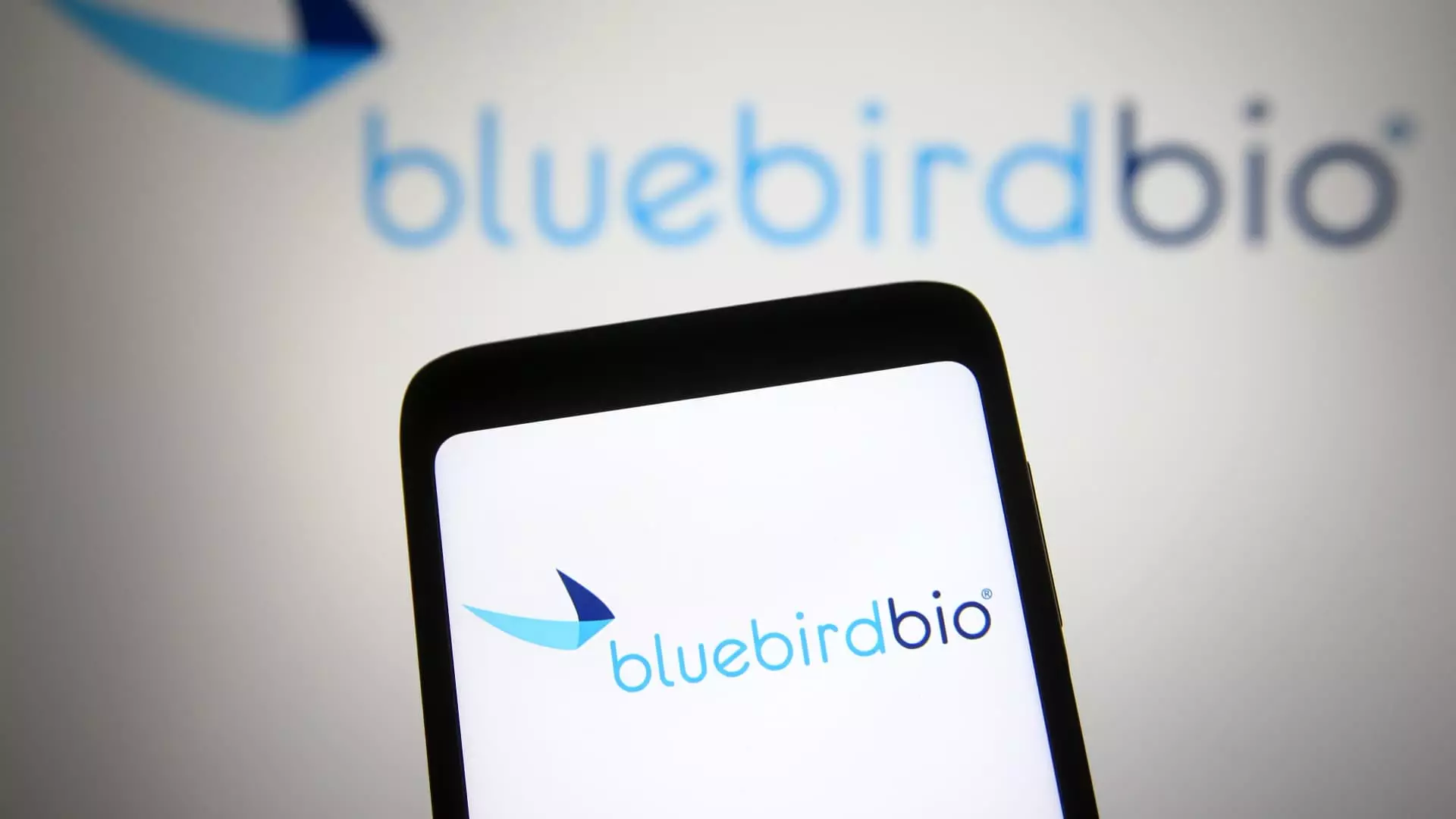Bluebird Bio’s recent decision to sell itself to private equity firms Carlyle and SK Capital for a mere $30 million underscores the precarious nature of the biotechnology sector, particularly for firms that once held immense promise. This precipitous decline, from high-flying biotech innovator to a company struggling to maintain its financial viability, serves not just as a cautionary tale for investors but also raises profound questions about the future of gene therapies in the context of sustainable business models.
Once a beacon of hope for patients grappling with genetic disorders, Bluebird Bio emerged as a pioneering force in the field of gene therapy over the past three decades. With a peak market capitalization reaching approximately $9 billion, the company attracted significant interest and investment based on its ambitious promise to provide one-time cures for complex genetic diseases. At the heart of its portfolio were therapies such as Zynteglo for beta thalassemia and Lyfgenia for sickle cell disease, both of which garnered excitement for their potential transformative impacts. However, this excitement proved fleeting as the reality of scientific and market challenges set in.
Bluebird’s demise began in earnest in 2018, when the emergence of a cancer case in a patient treated with its sickle cell therapy raised alarming concerns about the safety of its gene-altering products. Despite concluding that their treatment did not directly cause the cancer, the incident fostered skepticism about the company’s ability to deliver safe and effective therapies, which in turn raised significant doubts in the investment community. Furthermore, the decision to price Zynteglo at an astounding $1.8 million per patient without a clear pathway for reimbursement in Europe necessitated a strategic retreat, further complicating the company’s financial outlook.
With substantial operational costs exceeding hundreds of millions annually, the 2021 withdrawal of Zynteglo from the European market represented a critical pivot point for Bluebird Bio. This decision not only alienated international customers but also severed a vital revenue stream at a time when the company was increasingly strained financially. The spin-off of its cancer assets into a separate entity, 2Seventy Bio, effectively stripped Bluebird of another potential earnings source, leaving it vulnerable in a fiercely competitive landscape.
The recent sale, while providing a lifeline of sorts in terms of cash flow, highlights a stark dichotomy between patient-centric outcomes and corporate viability. The $30 million upfront payment stands in stark contrast to the more than $80 million that former CEO Nick Leschly profited from selling shares during more prosperous times. More importantly, the fate of Bluebird Bio puts into perspective a larger systemic issue facing the biotech industry: Can companies truly monetize innovative therapies that promise to change lives without succumbing to financial pressures?
Launches of novel gene therapies are not merely constrained by scientific hurdles; they also hinge upon market acceptance, reimbursement strategies, and patient demand. Notably, competitors like Vertex have struggled to capitalize on similar advances, with its sickle cell treatment, Casgevy, experiencing a sluggish reception. Moreover, Pfizer’s recent withdrawal from the hemophilia market after just one year due to poor demand serves as yet another reminder of the volatile landscape in which these biotech firms operate.
Despite its challenges, Bluebird Bio’s therapies remain capable of effecting life-changing improvements for many patients. However, that potential has not translated into the necessary business sustainability for the firm itself. The biotechnology industry must grapple with the necessity of reevaluating its economic models, particularly around one-time treatments for rare diseases. As Bluebird’s trajectory illustrates, success demands not only groundbreaking scientific innovation but also sound, flexible financial strategies and clearer communication with healthcare stakeholders.
The overarching narrative of Bluebird Bio serves as a poignant reminder: innovation in biotechnology is an intricate dance between history, science, business acumen, and regulatory realities. As the field marches forward, it must seek to bridge the divide between groundbreaking therapies and sustainable success, ensuring that the hopes they nurture do not become overshadowed by cautionary tales of fallen giants.

